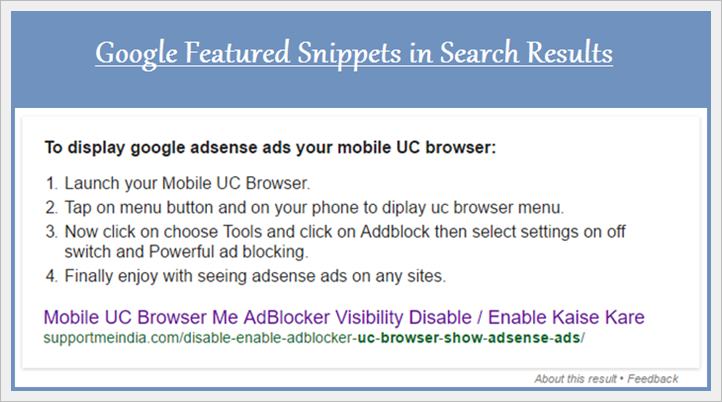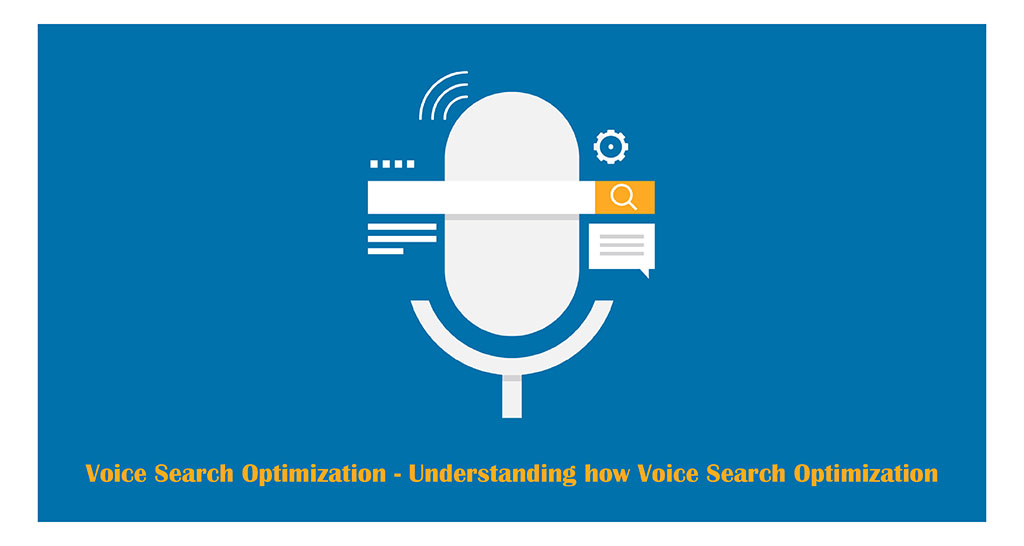
In the ever-evolving digital landscape, AI is no longer just a tool—it’s a fundamental force shaping how content is created, consumed, and discovered. As search engines and AI-driven platforms become more sophisticated, the way we structure our content must adapt to meet these new standards. This guide will walk you through the essential strategies for structuring your content to be both human-friendly and AI-optimized, ensuring it stands out in an increasingly competitive online environment.
What Is Content Structuring for AI Summaries & Snippets and Why It Matters
Content structuring for AI summaries and snippets refers to the practice of organizing information in a way that makes it easily digestible by artificial intelligence systems. These systems, such as Google’s Search Generative Experience (SGE), are designed to extract key points from web pages and present them in concise, user-friendly formats like featured snippets, knowledge panels, and AI-generated overviews.
The importance of this approach cannot be overstated. As AI becomes more integrated into search, content that lacks clear structure may be overlooked or misinterpreted by these systems. Conversely, well-structured content not only improves visibility but also enhances user engagement, as it provides quick, actionable insights that align with user intent.
Key factors that influence AI’s ability to process and summarize content include:
- Clarity and coherence: Simple, direct language helps AI understand the main message.
- Logical flow: A clear hierarchy of headings and subheadings guides AI through the content.
- Keyword relevance: Strategic placement of keywords ensures content is recognized as relevant to specific queries.
- Schema markup: Proper use of structured data helps AI identify and prioritize key elements.
Understanding and implementing these principles is essential for anyone looking to succeed in the age of AI-driven search.
How Content Structuring Impacts SEO Performance
AI-driven search algorithms rely heavily on content structure to determine relevance, authority, and value. Here’s how effective structuring can impact your SEO performance:
1. Improved Visibility in Featured Snippets
Featured snippets are among the most valuable positions in search results. By structuring your content with clear headings, bullet points, and concise answers, you increase the chances of being selected for these prime spots. For example, a blog post that answers a common question in a step-by-step format is more likely to appear in a list snippet than one that’s written in long, unbroken paragraphs.
2. Enhanced User Engagement
Well-structured content is easier for users to scan and consume. This leads to higher dwell time, lower bounce rates, and increased social shares—factors that signal to AI that your content is valuable. When users engage with your content, it reinforces its relevance, which can lead to better rankings.
3. Better Mobile Optimization
With mobile searches dominating, AI prioritizes content that is easy to read on smaller screens. Short paragraphs, clear headings, and visual elements like lists and tables make your content more mobile-friendly, improving both user experience and AI comprehension.
4. Stronger E-E-A-T Signals
Expertise, Experience, Authoritativeness, and Trustworthiness (E-E-A-T) are critical for AI when evaluating content. Structured content that includes author bios, citations, and authoritative sources helps build trust, making your content more likely to be featured.
5. Faster Indexing and Crawling
Search engines and AI crawlers can more efficiently index and understand content that follows a logical structure. This means your content is more likely to be discovered and ranked quickly, giving you a competitive edge.
Step-by-Step Implementation Framework
To effectively structure your content for AI summaries and snippets, follow this practical framework:
1. Define or Audit the Current Situation
Start by analyzing your existing content. Identify what works and what doesn’t. Use tools like Screaming Frog or Ahrefs to check for issues like poor heading structure, keyword stuffing, or lack of clarity.
Action Steps:
– Review your website’s content architecture.
– Analyze top-performing pages for structural patterns.
– Identify gaps in content that could be optimized.
2. Apply Tools, Methods, or Tactics
Once you’ve assessed your content, implement the following best practices:
Content Organization:
– Use H1, H2, H3, and H4 tags to create a clear hierarchy.
– Break content into short, focused paragraphs.
– Include bullet points and numbered lists for key information.
Language and Tone:
– Use simple, conversational language.
– Avoid jargon unless necessary.
– Focus on answering user questions directly.
Keyword Strategy:
– Conduct keyword research using tools like SEMrush or Ubersuggest.
– Target long-tail keywords that reflect user intent.
– Naturally integrate keywords into headings, subheadings, and body text.
Schema Markup:
– Implement schema types like FAQPage, HowTo, and Article to provide context to AI.
– Use JSON-LD format for easy implementation.
Multimedia Optimization:
– Add alt text to images and videos.
– Provide transcripts for audio content.
– Ensure fast loading times and mobile responsiveness.
3. Measure, Analyze, and Optimize
After implementing changes, track their impact using analytics tools like Google Analytics and Search Console. Monitor metrics such as click-through rate (CTR), bounce rate, and time on page to assess effectiveness.
Action Steps:
– Set up conversion tracking for key pages.
– Use A/B testing to compare different versions of your content.
– Regularly update content based on user feedback and algorithm changes.
Real or Hypothetical Case Study
Let’s look at a hypothetical case study of a tech blog aiming to improve its visibility in AI-powered search results.
Background: The blog focuses on AI trends and has a high volume of traffic but low engagement. Featured snippets are rarely used, and the content is often too dense for AI to extract key points.
Implementation:
– The team restructured their content using clear headings, bullet points, and concise explanations.
– They added schema markup for FAQ and HowTo content.
– They optimized for voice search by including question-based headers.
Results:
– Within three months, the blog saw a 30% increase in featured snippet appearances.
– Organic traffic grew by 25%, and user engagement metrics improved significantly.
– The site became more mobile-friendly, leading to better indexing and crawling.
This case study demonstrates how strategic content structuring can lead to measurable improvements in AI compatibility and SEO performance.
Tools and Techniques for AI-Friendly Content
To streamline the process of creating AI-friendly content, consider using the following tools:
- SurferSEO – Helps analyze content for keyword density, readability, and structure.
- Grammarly – Improves clarity and grammar for better AI understanding.
- Hemingway Editor – Simplifies complex sentences for easier readability.
- Schema Markup Generator – Automates the creation of structured data for search engines.
- Answer the Public – Identifies common questions and topics to target in your content.
- Google Search Console – Tracks how your content is performing in search results.
These tools can help you create content that is both engaging for humans and optimized for AI systems.
Future Trends and AI Implications
As AI continues to evolve, so will the ways in which it interacts with content. Here are some future trends to watch:
1. Personalized Search Results
AI will increasingly tailor search results based on user behavior, location, and preferences. This means content must be adaptable and responsive to different audiences.
2. Generative AI and Dynamic Snippets
Tools like GPT-3 and other large language models will generate content on-the-fly, potentially altering how snippets are created. Businesses will need to focus on creating high-quality, structured data that can be easily interpreted by these systems.
3. Voice and Multimodal Search
With the rise of voice assistants and smart devices, content must be optimized for spoken queries and visual interactions. This includes using natural language, clear headings, and multimedia elements.
4. Increased Emphasis on E-E-A-T
As AI becomes more sophisticated, it will place greater importance on the credibility and authority of content creators. Building a strong E-E-A-T profile will be crucial for long-term success.
Staying ahead of these trends requires a proactive approach to content strategy, focusing on quality, relevance, and adaptability.
Key Takeaways
- Structure your content with clear headings, short paragraphs, and bullet points to make it easy for AI to understand.
- Use natural language and avoid jargon to ensure your content is accessible and engaging.
- Implement schema markup to provide context to search engines and AI systems.
- Optimize for voice search by including question-based headers and conversational tone.
- Focus on E-E-A-T by building authority, expertise, and trust through consistent, high-quality content.
By following these strategies, you’ll not only improve your SEO performance but also ensure your content remains relevant in the evolving AI-driven search landscape.
Meta Title: How to Structure Content for AI Summaries & Snippets: A Complete Guide
Meta Description: Learn how to structure your content for AI summaries and snippets to improve visibility, engagement, and SEO performance in 2025.
SEO Tags (5): AI content optimization, featured snippets, SEO strategies, content structuring, AI-driven search
Internal Link Suggestions:
– [Parameter #1]: Understanding E-E-A-T in AI SEO
– [Parameter #2]: Optimizing for Voice Search in 2025
– [Parameter #3]: The Role of Schema Markup in SEO
External Source Suggestions:
– Google’s E-E-A-T Guidelines
– Schema.org Documentation
– SEMrush Blog on AI SEO









